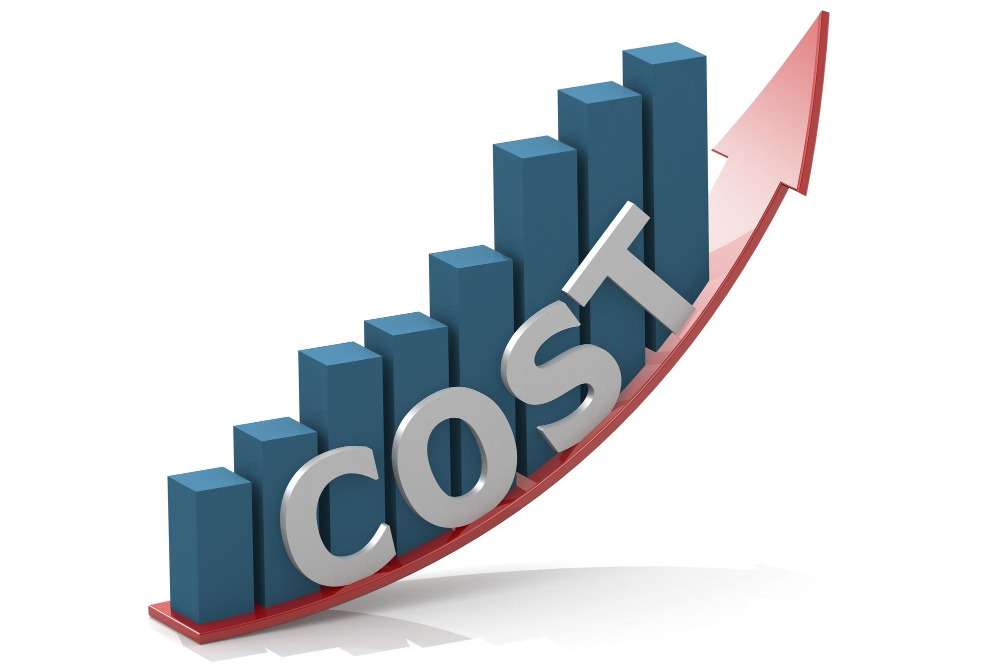So, you’ve got something astonishing to offer, maybe it’s a high-quality item, a computerized benefit, or a full-blown solution to a common issue. But at that point, you hit a divider: how do you cost it? Go as well moo and you scarcely survive. Go too tall and you risk frightening off clients. It’s like strolling a tightrope without a net.
Don’t worry, you’re not alone in this estimating perplexity. Whether you’re a consultant, small trade proprietor, or an e-commerce vendor, getting your costs right is essential for growth, profitability, and staying sane.
Let’s break down this point in a way that’s simple to get and indeed less demanding to apply.
Why Pricing Matters More Than You Think
Pricing isn’t fair, a number—it’s a flag. It tells your clients what your item or benefit is worth, what kind of quality they can anticipate, and indeed what sort of brand you are.
A moo cost might shout “bargain” or “cheap.”
A tall cost might recommend “luxury” or “premium.”
Your cost is a part of your brand personality. So, setting it right isn’t fair, almost covering costs—it’s almost positioning.
Start with Knowing Your Costs

You can’t cost anything if you don’t know how much it costs you to make or convey it.
Fixed Costs
These are the costs that remain the same, no matter how much you offer. Think:
Rent
Software subscriptions
Salaries
Insurance
Variable Costs
These alter based on how much you offer. For example:
Materials
Packaging
Shipping
Contractor fees
Add them all up, and you get your break-even point—the uncovered least you require to charge fairly to keep the lights on.
Understand Your Target Audience
You have to know who you’re offering to. Are your customers:
Budget-conscious deal hunters?
Middle-class buyers looking for great value?
High-end clients anticipating premium service?
You’re estimating needs to talk their language.
Research the Competition
You don’t live in a bubble. Chances are, somebody out there is offering something comparable. So, do a bit of criminological work:
What are your competitors charging?
What’s included in their price?
Are they focusing on the same sort of customers?
Now, ask yourself: Can I charge more? Ought I charge less? Or ought I coordinate them and offer more value?
Pick the Right Pricing Strategy
Here’s where things get curious. There’s more than one way to cost your advertising. Let’s look at the most common strategies.
Cost-Plus Pricing
This is the least complex. You calculate your add up to fetched and include a rate for profit.
Example: If it costs you $20 to make an item and you need a 50% benefit, your cost would be $30.
Pros: Basic, safe.
Cons: Doesn’t consider advertising requests or value.
Value-Based Pricing
This one is approximately what the client considers it’s worth. If your benefit saves somebody $1,000, estimating it at $200 might be a bargain.
Pros: More benefit potential.
Cons: Requires a profound understanding of your customer’s perception.
Competitive Pricing
You set your cost based on what others are charging.
Pros: Keeps you in the game.
Cons: You may underprice yourself or begin a race to the bottom.
Entrance Pricing
You begin with a moo cost to pick up clients, at that point raise it later.
Pros: Awesome for entering unused markets.
Cons: Difficult to increment costs without backlash.
Premium Pricing
You charge more since your brand, item, or benefit is fair; that’s good.
Pros: Draws in high-paying clients.
Cons: You convey superior quality—no shortcuts.
Don’t Forget About Psychological Pricing
People don’t continuously make sound choices. That’s why we see costs like $9.99 instead of $10.00.
Charm estimating: Utilize odd numbers like 7 or 9 ($27, $49.99)
Anchoring: It appears to be a tall cost to begin with, but it then offers a discount
Bundling: Combine products/services for one cost to boost perceived value
These traps really work, so utilize them smartly.
Factor in Time and Expertise
If you’re advertising a service—like counseling, coaching, or design—you can’t base your cost on hours. Your encounter, abilities, and experience include major value.
Don’t charge fair for your time. Charge for your ability and the results you deliver.
Test and Adjust
Pricing isn’t a set-it-and-forget-it bargain. It’s a good idea to test diverse cost focuses and see what works.
Try:
A/B testing distinctive estimating tiers
Offering limited-time discounts
Introducing premium versions
Pay attention to how individuals react, and don’t be anxious to pivot.
Create Pricing Tiers or Packages
Instead of one cost for all, make different options:
Basic – for budget-conscious clients
Standard – for most people
Premium – for those who need everything
This gives individuals choices and increases your chances of making a sale.
Communicate Value Clearly
You seem to be the best in the diversion, but if individuals don’t see the value, they won’t pay.
Make beyond any doubt your:
Website
Marketing
Sales pitch
… clarify what makes your offer worth the price.
Avoid These Common Pricing Mistakes

Ignoring advertising patterns or competitors
Failing to raise costs when your costs go up
Being conflicting in your pricing
Not bookkeeping for charges or fees
When and How to Raise Your Prices
Raising costs feels frightening, but some of the time it’s essential. Here’s how to do it right:
Give clients development notice
Add additional esteem with the cost increase
Explain why you’re expanding it (e.g., expansion, development, demand)
Stay sure and don’t apologize for it
What Tools Can Help?
Use devices like:
QuickBooks or Xero for toll tracking
ProfitWell or Baremetrics for SaaS estimating analytics
Use survey devices like Google Forms to get it client’s expectations
These can make the whole handling of a parcel easier.
The Confidence Factor
After the day, estimating takes guts. You have to accept the esteem of what you offer. If you’re not sure, your clients won’t be either.
So remind yourself:
You’re not fair offering an item. You’re advertising an arrangement, sparing time, fathoming issues, or making bliss. That’s worth something.
Conclusion
Pricing doesn’t have to be a speculating diversion. It’s a portion of science, a portion of craftsmanship, and an entire part of technique. Know your costs, get it to your group of onlookers, choose a strategy that fits, and be prepared to advance as your commerce grows.
Remember: estimating isn’t fair approximately numbers—it’s almost discernment, esteem, and sustainability.
So take a profound breath, crunch the numbers, and cost with purpose.
FAQs
How regularly ought I to audit my pricing?
Ideally, each 6–12 months or at whatever point your costs, gathering of people, or showcase conditions change.
Is it affirm to offer discounts?
Yes, but utilize them deliberately. Visit rebates can cheapen your brand.
What if clients say I’m too expensive?
That may be a sign you’re focusing on the off-base audience, or not appearing to have sufficient value.
How do I handle competitors undermining my prices?
Don’t race to the foot. Center on quality, benefit, and one-of-a-kind value.
Can I alter my estimating after launch?
Absolutely. Numerous effective businesses alter their estimates based on criticism, outcomes, and demand.



